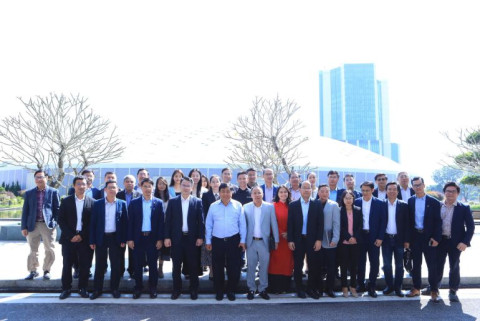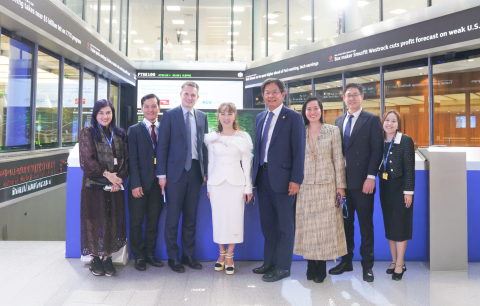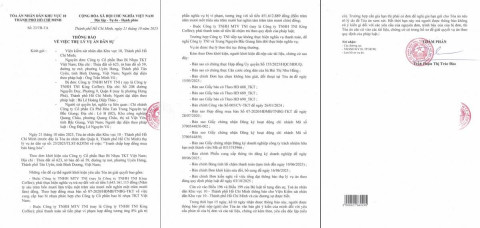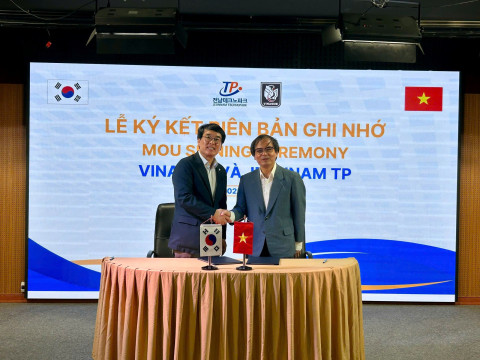What are the main challenges facing Vietnam's economy on the path to sustainable development?
- 162
- Business
- 21:45 12/08/2024
DNHN - Vietnam is facing significant challenges in economic development due to its reliance on resources and cheap labor.
According to Associate Professor Dr. Bùi Quang Tuấn, former Director of the Vietnam Institute of Economics, the country has not yet escaped the extensive growth model, which mainly depends on the exploitation of resources, land, and cheap labor. This is a warning bell about the imbalance in growth drivers and the potential consequences for sustainable development.
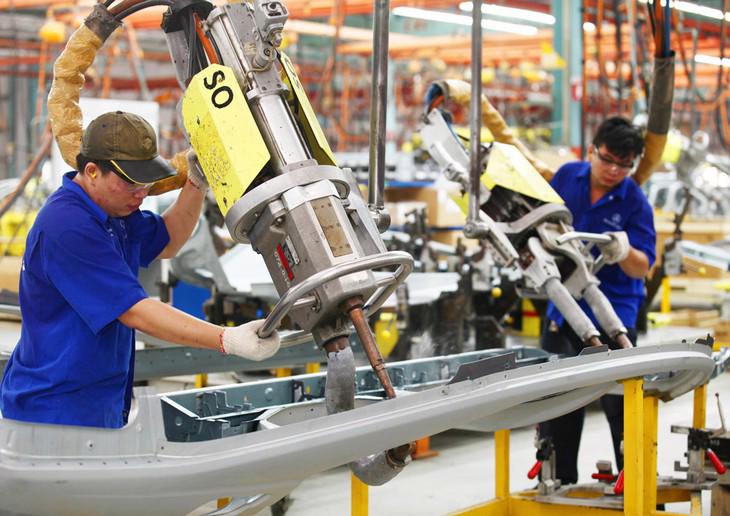
Dr. Tuấn emphasized that financial and human resources are making significant contributions to GDP, while the contributions of total factor productivity (TFP) and labor have gradually declined. This indicates that capital investment is still the main driver of growth, rather than improvements in productivity and labor quality.
The current growth model carries many risks. Overexploitation of resources can lead to depletion, environmental damage, and weaken the foundation for sustainable development. Dependence on cheap labor makes Vietnam vulnerable to being stuck in low-value-added manufacturing, which hinders efforts to improve income and living standards for the population. A lack of productivity improvement and innovation will result in unsustainable growth that is difficult to maintain over the long term.
To address these limitations, Vietnam needs to transition to a growth model based on productivity and innovation. This requires investment in education and training to improve the quality of human resources, develop skills, and foster creative capacity. It is necessary to encourage innovation by creating a favorable environment for research and development and the application of new technologies. Developing a green economy, transitioning to low-carbon industries, using resources efficiently, and protecting the environment are also important directions. Finally, institutional reforms to improve the business environment, promote healthy competition, and enhance transparency are indispensable.
To reduce reliance on resources and cheap labor, Vietnam needs to implement a series of policy solutions focused on improving productivity, fostering innovation, and promoting sustainable development. First, it is necessary to invest in education and training by enhancing the quality of education, especially in the fields of science, technology, engineering, and mathematics (STEM), while also encouraging vocational training programs to develop skills for the workforce to meet the demands of modern industries. Next, it is important to encourage innovation by creating a conducive environment for research and development (R&D) through financial support and infrastructure for research centers and startups, as well as promoting collaboration between universities, research institutes, and businesses to transfer technology and knowledge.
In addition, developing a green economy is a key factor, with a focus on transitioning to low-carbon industries, using resources efficiently, and protecting the environment, along with promoting the use of renewable energy and environmentally friendly technologies. Institutional reforms and business environment improvements should also be prioritized by reforming legal regulations to create a transparent and competitive business environment, while minimizing administrative procedures and unnecessary costs for businesses. Supporting industries and high-value chains should be promoted by developing supporting industries to enhance localization capabilities and add value in production, along with encouraging businesses to participate in global value chains, particularly in high-tech sectors.
High-quality investment attraction policies need to be implemented to attract foreign investors in high-tech and environmentally friendly fields while ensuring that investment projects bring long-term benefits to the economy and do not harm the environment. By implementing these solutions, Vietnam can build a more sustainable economy, reduce reliance on resources and cheap labor, and enhance its position in the global value chain.
The documents of the 13th Party Congress emphasize: Continuing to accelerate the innovation of the economic growth model, strongly shifting the economy to a growth model based on productivity increases, scientific and technological advancements, innovation, high-quality human resources, and the efficient use of resources to enhance the quality, efficiency, and competitiveness of the economy. The 2021-2030 Socio-Economic Development Strategy sets specific targets: an average GDP growth rate of about 7% per year; GDP per capita at current prices reaching about 7,500 USD by 2030; the proportion of processing and manufacturing industries reaching about 30% of GDP; the digital economy accounting for about 30% of GDP; TFP contribution to growth reaching 50%; and the average social labor productivity growth rate exceeding 6.5% per year.
Tran Tung
Related news
#Vietnam’s economy

Interest rate cut and the impact on Vietnam's economy
According to Dr. Chu Thanh Tuan, Deputy Head of the Bachelor of Business program at RMIT University, the recent interest rate cuts by major central banks may impact Vietnam's export market.
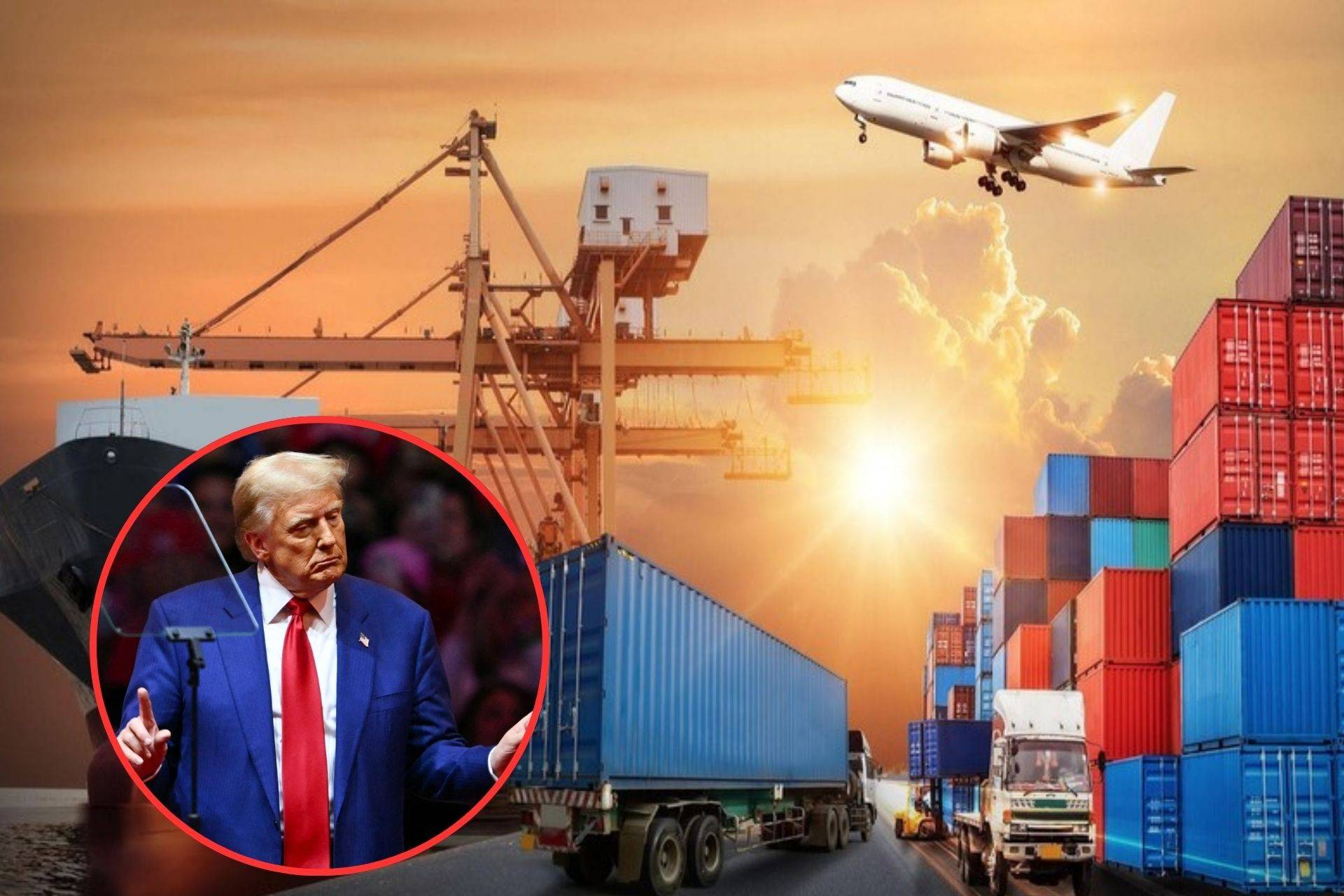
Economic expert Võ Trí Thành assessed: President Donald Trump’s new trade policy will impact Vietnam
According to Dr. Võ Trí Thành, Director of the Institute for Brand and Competitive Strategy Research, Donald Trump’s new trade policy will have significant effects on Vietnam’s economy. He also provides strategic recommendations for businesses.
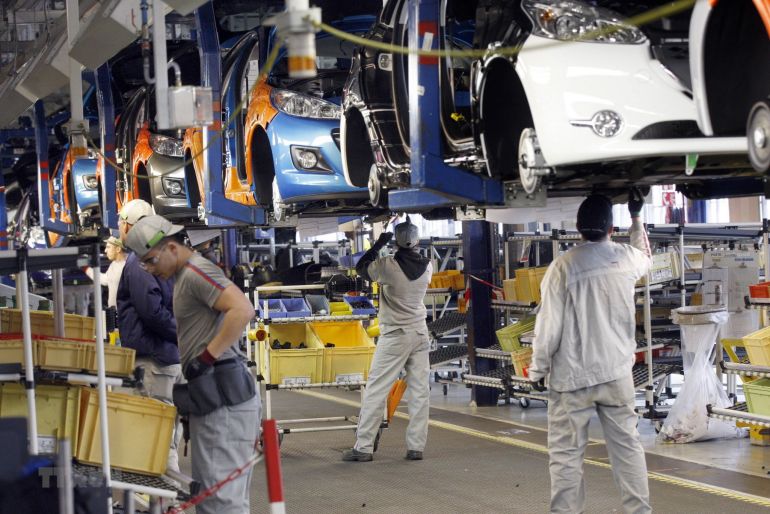
EuroCham: European enterprises confident in Vietnam's long-term economic growth
Nearly 70% of businesses express confidence in Vietnam's economic growth over the next five years, with many companies ready to recommend Vietnam as an investment destination.

G&P Global Ratings raises Vietnam’s sovereign credit rating
The S&P Global Ratings on May 26 raised its long-term sovereign credit rating on Vietnam to “BB ” with a “stable” outlook on the back of strong economic recovery, according to the Ministry of Finance.
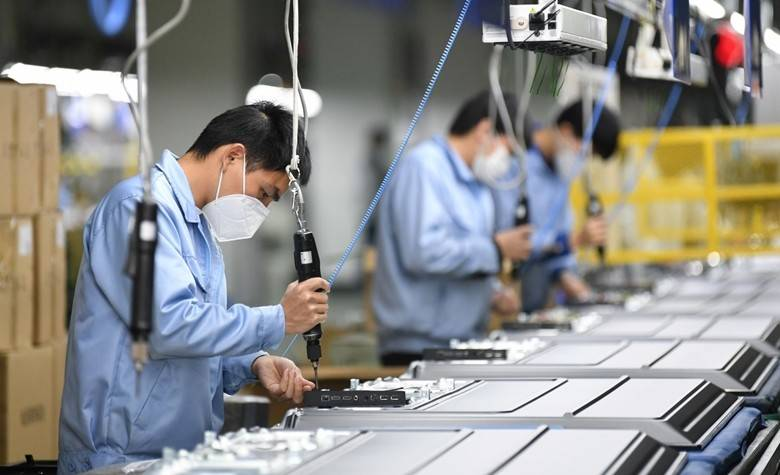
What do domestic businesses need to overcome difficulties?
Strong and synchronized government support policies are crucial in helping Vietnamese enterprises navigate the current challenging period.

State budget revenue shows promising growth amidst global economic challenges
Amidst a complex global economic backdrop, the review report on the 2024 state budget reveals encouraging results.
Đọc thêm Business
From New Year messages of World Leaders to the “new rules” of the Global economy in 2026
At a pivotal moment of transition, New Year messages from capitals such as Hanoi, Beijing, Washington and Paris reflect distinct priorities and strategic visions.
Connecting Leaders, Shaping the Future: Strategic Leadership Planning Meeting – CorporateConnections Hanoi A
"Your network is your most powerful flowing asset. It generates value, multiplies opportunities, and accelerates your influence across borders."
Innovative ESG enterprise: Trạm Xe Việt startup proposes solutions to build a green mobility ecosystem
As Vietnam commits to achieving Net Zero by 2050 and tightens emissions standards, the transportation sector faces unprecedented pressure to transform.
Deputy Prime Minister Nguyễn Chí Dũng: “The country’s major challenges weigh heavily on my mind — and we must resolve them together.
On the morning of November 26, 2025, Deputy Prime Minister Nguyễn Chí Dũng chaired a high-level working session at the National Innovation Center (NIC) in Hòa Lạc.
Unitsky String Technologies signs cooperation agreements with three Vietnamese partners, opening a new direction for smart mobility and sustainable development
The signing ceremony took place in Minsk, Belarus, on November 28, 2025.
Before the D‑day to abolish flat‑rate tax: Fear of technology and costs leave small traders struggling to adapt
From 1 January 2026 the flat‑rate tax regime will be abolished. Small business households will be required to declare tax based on actual revenue. MISA supports the transition with technology to help micro‑merchants adapt smoothly and transparently.
Vietnamese enterprises at a crossroads: the impact of a potential US–China deal
As the world closely monitors every shift in US-China relations, emerging signals of a strategic agreement between the two global powers are raising hopes for global economic stability.
HDBank: Impressive profit growth, leading in profitability and advancing international integration
Ho Chi Minh City Development Joint Stock Commercial Bank (HDBank, stock code HDB) announced its consolidated profit before tax for the first 9 months of 2025 reached VND 14,803 billion, marking a 17% increase year-on-year (YoY).
TNI King Coffee sued for over VND 5 Billion in unpaid debts
On October 21, 2025, the People’s Court of District 10 in Ho Chi Minh City officially accepted a civil lawsuit concerning a commercial contract dispute between TKT Vietnam Plastic Packaging Joint Stock Company and TNI King Coffee Co., Ltd.
VINASME and Jeonnam Technopark Sign MOU on technology cooperation, human resource training, and trade promotion
On October 15, 2025, in Hanoi, VINASME and Jeonnam Technopark (Korea) signed an MOU to promote trade, advance technology transfer, and develop human resources between enterprises of both nations.





